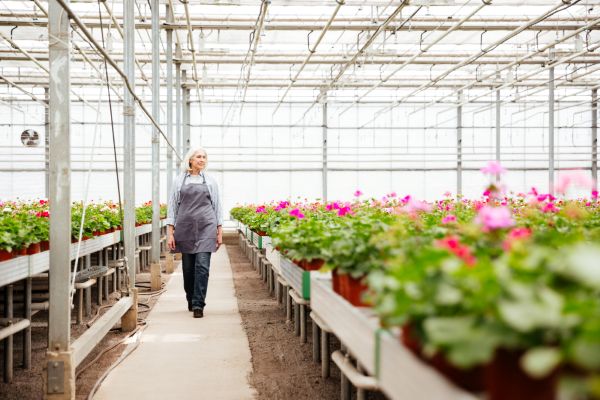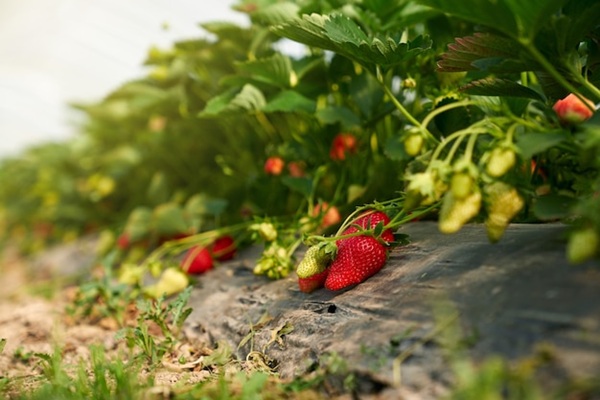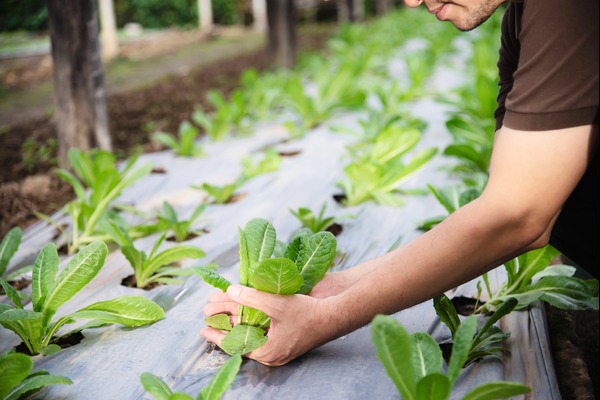
Proper light and temperature management are crucial in nurturing healthy, vibrant plants. Nurseries must maintain the best environment to support the sensitive growth of young plants, which is where shade nets come into play. By shading nursery plants using shade nets, the former get protection from sunlight but create a microclimate balanced for steady growth and yield.
Why Light and Temperature Matter
Plants undergo photosynthesis through the action of sunlight. However, direct sunlight for an extended period can be detrimental to plants, causing leaf burn, dehydration, and stress. Conversely, when there is too little light, the growth of the plants is stunted or the leaves are weak and spindly. Temperature, too, has an impact: excessive heat results in wilted plants and reduced metabolism, but consistently cooler temperatures lend themselves to healthy growth.
Shade nets control the amount of sunlight that reaches the plants and reduce ambient temperature, thus keeping light and temperature within an optimal range for plant growth.
How Shade Nets Balance Light and Temperature
1. Reduction of Excessive Sunlight: Shade nets come in different shading percentages (e.g., 30%, 50%, and 75%) that give the amount of sunlight barred by the screen. For instance, a 50% shade net allows half the sunlight to enter the plants, which is very useful for plants needing partial sunlight.
2. Reducing Temperature: Shade nets minimise direct sun exposure, thereby reducing the temperature around the plants. This is especially important for areas with hot summer temperatures since extreme heat will damage tender nursery plants.
3. Heat Stress Prevention: Nursery plants exposed to direct sunlight can suffer from heat stress, which negatively affects growth and yield. Shade nets create a cooler microclimate that prevents overheating of plants.
4. Light Diffusion: Shade nets diffuse the sun's rays and ensure that sunlight is evenly distributed over the plants. Diffused light enhances the photosynthesis process, and uniform growth is promoted.
Choosing the Right Shade Net for Your Nursery
The choice of the shade net will depend on the type of plants one grows, the climate in the region, and the season. Here are a few tips:
- Vegetables and Fruits: For crops such as tomatoes, bell peppers, and cucumbers, a 50% shade net is typically adequate to achieve a balance of light and temperature.
- Ornamental Plants: Sensitive ornamental plants require a 75% shade net to avoid scorching sunlight.
- Seedlings: Young seedlings are fragile and need a 30% to 50% shade net, depending on the seedlings' light requirement.
- Hot Climates: In hot climates, a higher shading percentage may prevent plants from heat stress.
Benefits of Using Shade Nets in Nurseries
a). Faster Growth: Suitable light and temperature control lead to healthier, robust plants with higher survival rates.
b). Energy Efficiency: The shade nets consume fewer artificial cooling systems and minimise energy costs.
c). Increased Water Retention: Lowering the temperature of shade nets helps prevent loss of water through evaporation, making the soil moist for a long time.
d). Extended Growing Seasons: With shade nets, nursery owners can extend their growing seasons by protecting plants from extreme weather conditions.
Choose Neha Mulch Films Today
A shade net for nursery plants is an investment that no nursery owner should shy away from. Shade nets, by balancing light and temperature, create the perfect conditions for growth, which in turn means healthier plants, reduced water consumption, and higher yields. Whether you are a small-scale nursery owner or manage a large commercial operation, incorporating shade nets can make a huge difference in your nursery's productivity.
Get started today with our shade net for your nursery and watch your plants thrive as never before! Contact us for more.







